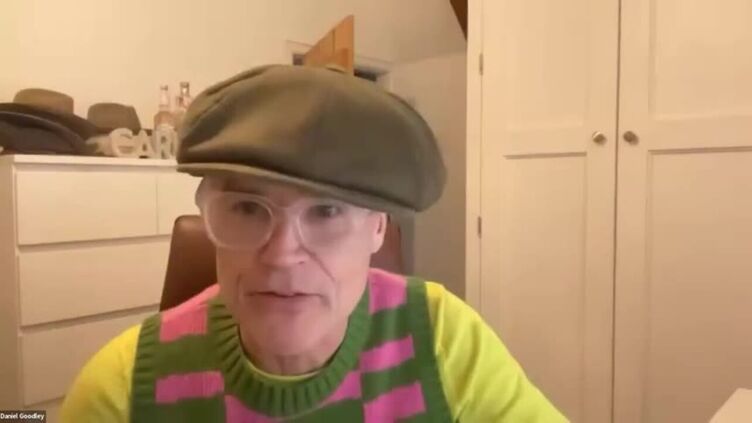Lee, Rizvi and Murray for Online Symposia December 2023
Papers delivered on 11th December 2023 as part of an online event series.
Recording: Christina Lee, Sana Rizvi and Stuart Murray
Passcode: u1k7#9sS
Christina Lee (she/her), Independent Researcher
Christina Lee recently completed her PhD in English and Medical Humanities at King’s College London. Her thesis was titled ‘The Care of the Dis-ease Self: A Foucauldian Reading of Buddhist Meditation Memoirs as Narratives of Healing’. Her research looks at experiences of illness and disability, embodiment, and intersectionality.
Title: Is There a Crip in this Class?
Stuart Murray (he/him),University of Leeds
Stuart Murray is Professor of Contemporary Literatures and Film in the School of English at the University of Leeds. He has worked in Critical Disability Studies for over 20 years, written/edited multiple books and articles on disability representation, and was among the very first University academics to teach courses on disability, literature, film and cultural theory. He is a big friend of Disability Matters and offered superb advice when we were putting this programme proposal to Wellcome.
Title: How my area of research, theory and scholarship is transformed by an engagement with critical disability studies?
Sana Rizvi, Liverpool John Moores University
Dr Sana Rizvi is a Senior Lecturer in Education and Early Childhood Studies at Liverpool John Moores University. She is passionate about teaching on the subjects of racial inequalities in education, critical perspectives on disability studies and inclusive education, and on qualitative methodologies. She has presented her research at several international and national conferences, and has also published research in the field of research methods, racial inequality and disability studies.
Title: How my area of research, theory and scholarship is transformed by an engagement with critical disability studies?

iHuman
How we understand being ‘human’ differs between disciplines and has changed radically over time. We are living in an age marked by rapid growth in knowledge about the human body and brain, and new technologies with the potential to change them.

